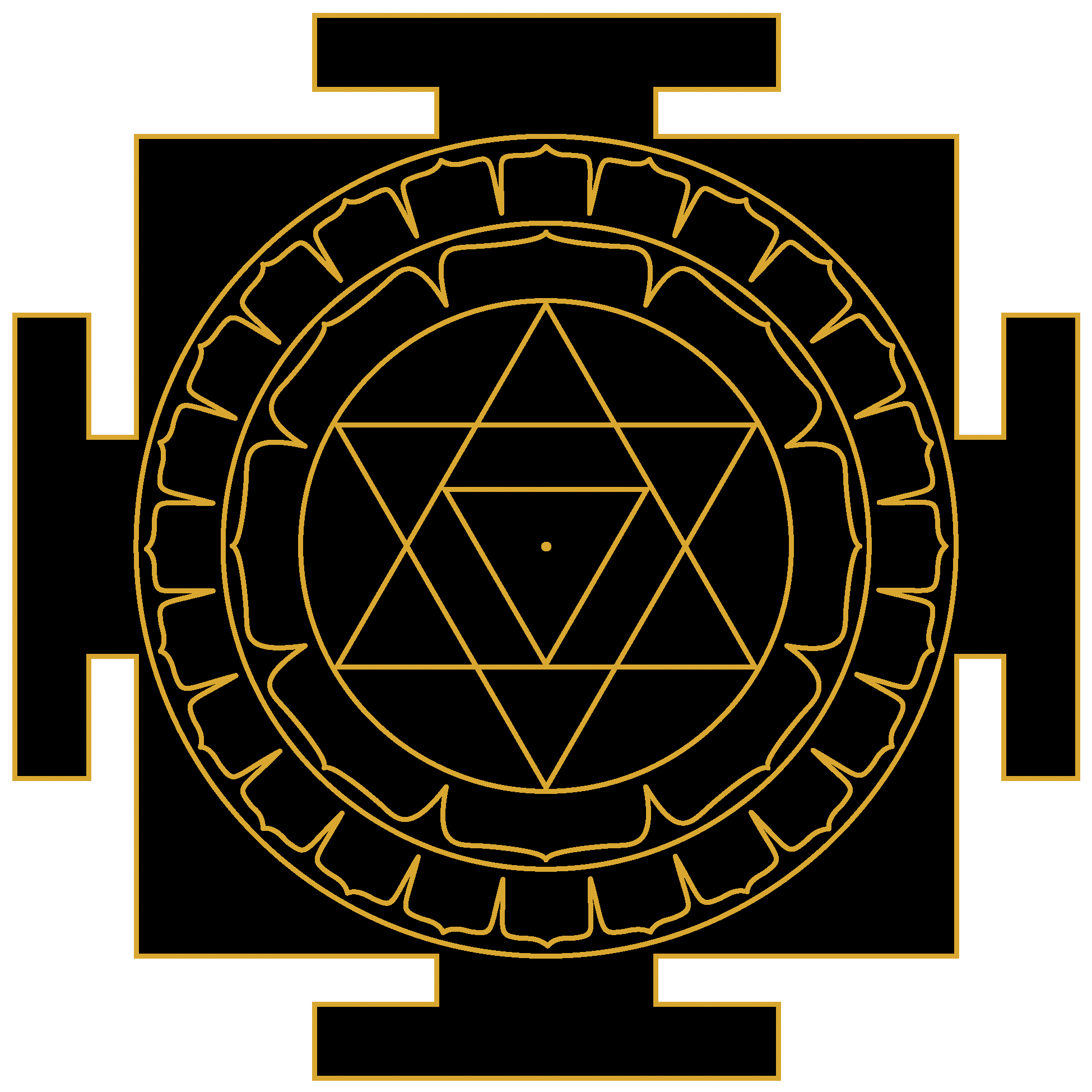Your basket is currently empty!
Dasa Mahāvidya

Ten Great Wisdoms


🔱
The Dasa Mahāvidya are a group of ten aspects of the Divine Feminine in Tantra, each representing a powerful and transformative facet of Dēvi or Śakti. These goddesses are both fierce and benevolent, embodying cosmic truths and spiritual paths. Each Mahāvidya teaches a distinct spiritual lesson, often through paradox or intense imagery.
The Mahāvidyas are said to have manifested when Satī (Pārvatī) transformed herself into ten fierce forms to convince Śiva to let her attend her father Dakṣa’s sacrifice. Symbolically, they represent the ten paths to wisdom and liberation within Tantra, and collectively they embody the full spectrum of divine feminine power — creation, preservation, destruction, concealment, and revelation.
They’re often seen as aspects of one supreme goddess, Adi Parāśakti, and gateways to understanding time, death, desire, truth, and transcendence.
- Facing fear and death (Kālī, Dhūmāvatī).
- Surrender and ego-death (Chinnamastā, Bhairavī).
- Cosmic wisdom and inner beauty (Ṣodaśī, Mātaṅgī).
- Creative force and worldly mastery (Bhuvaneśvarī, Kamalā).
- Silence, speech, and transformation (Tārā, Bagalāmukhī).
They reflect both the terrifying and liberating aspects of truth, drawing the seeker inward toward wholeness and non-dual awareness.
Kālī
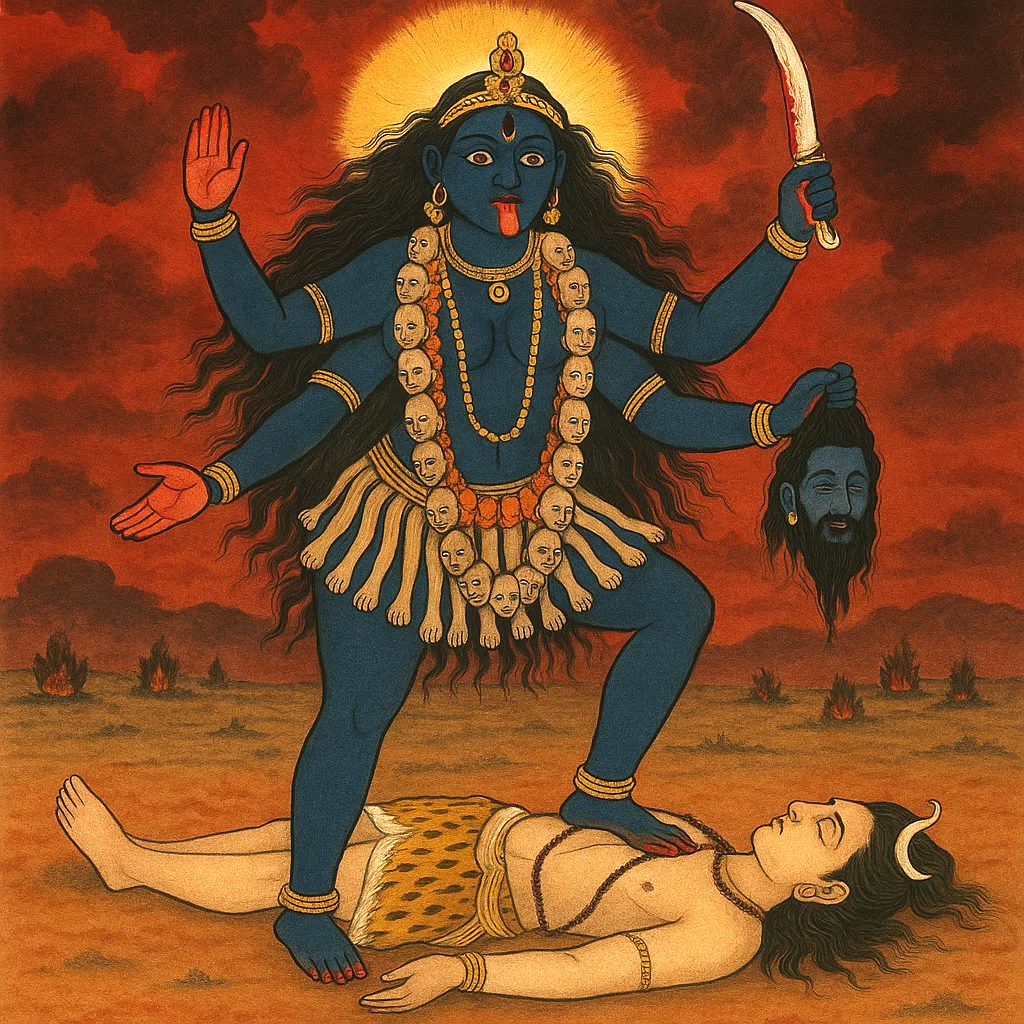
Goddess of Time
The goddess of time, death, and transformation. She is the fierce destroyer of evil and ego, standing atop Śiva, symbolising transcendence of the physical. Naked and adorned with skulls, Kālī teaches the truth of impermanence and the necessity of death for rebirth.
Oṁ Krīṁ
Kālīkāyai Namahā
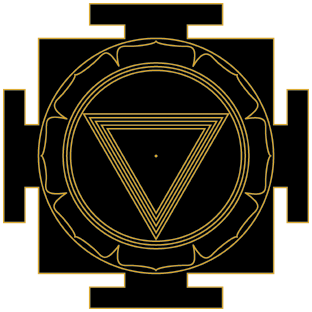
Tārā

Goddess of Compassion
The savior goddess and guide through fear. She offers protection and knowledge, often seen as a compassionate force.
Tārā is the guiding light through darkness, a nurturing force who saves devotees from danger and grants ultimate knowledge. She resembles Kālī but is more motherly, emphasizing compassion along with strength.
Oṁ Hrīṁ Strīṁ
Mahā Tārāyai Hūṁ Phaṭ Svāhā

Ṣodaśī
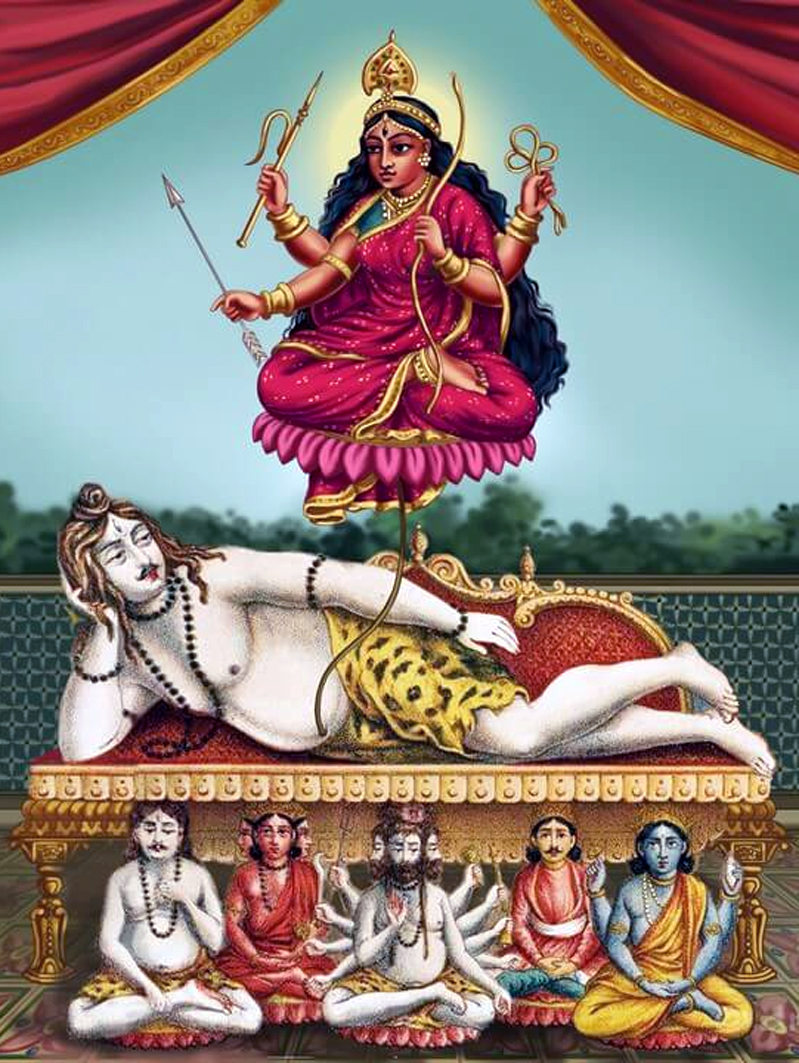
Goddess of Beauty
The goddess of supreme beauty and bliss. She represents divine love, harmony, and the perfection of consciousness.
A radiant goddess of bliss, balance, and spiritual beauty, she represents the union of material and spiritual wealth. Enthroned and serene, she governs desire and helps transform it into devotion and divine love.
Oṁ Klīṁ Aiṁ Sauḥ
Śrī Ṣodaśī Namahā

Bhuvaneśvarī
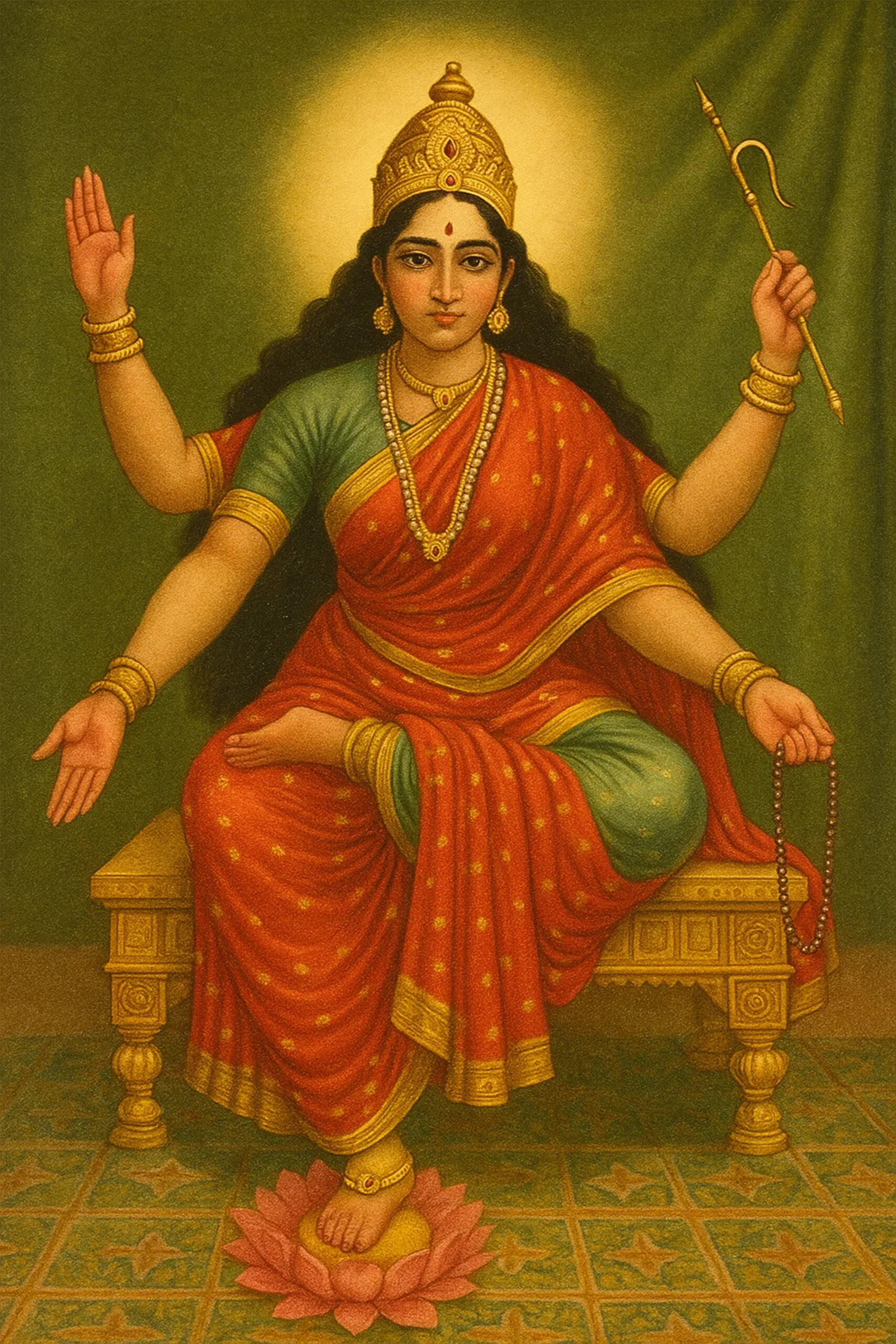
Queen of the World
The queen of the cosmos. She embodies the vast space in which the universe exists, symbolizing expansiveness and creative power.
She is the expansive cosmic womb from which all creation arises. Embodying space and the universe itself, Bhuvaneśvarī is both immanent and transcendent, representing the potentiality of all existence.
Oṁ Hrīṁ
Bhuvaneśhvarāyai Namahā
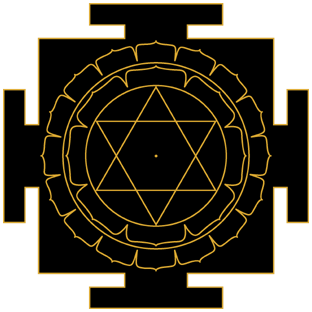
Chinnamastā
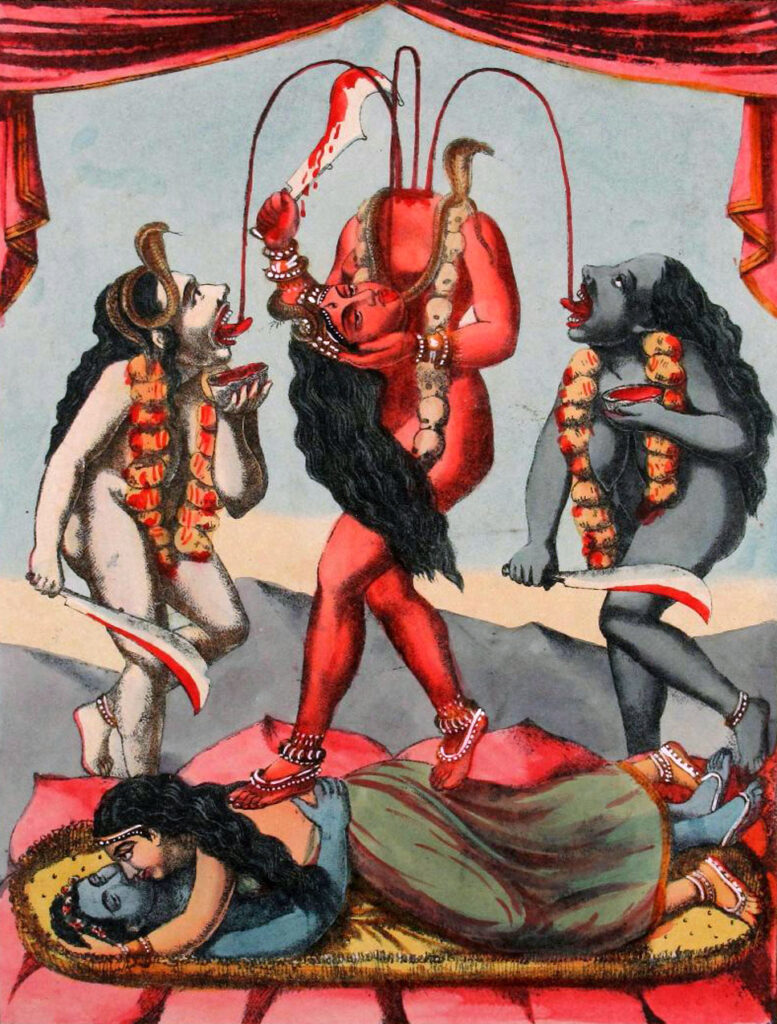
Goddess of Transformation
The self-decapitated goddess, She represents self-sacrifice, transformation, and the union of life and death.
A shocking image of self-sacrifice, she severs her own head to feed her attendants, symbolising ego-death and life through surrender. Chinnamastā represents the dynamic interplay of life-force and consciousness, desire and detachment.
Oṁ Śrīṁ Hrīṁ Klīṁ Aiṁ
Chinnamastāyai Hūṁ Phaṭ Svāhā

Bhairavī
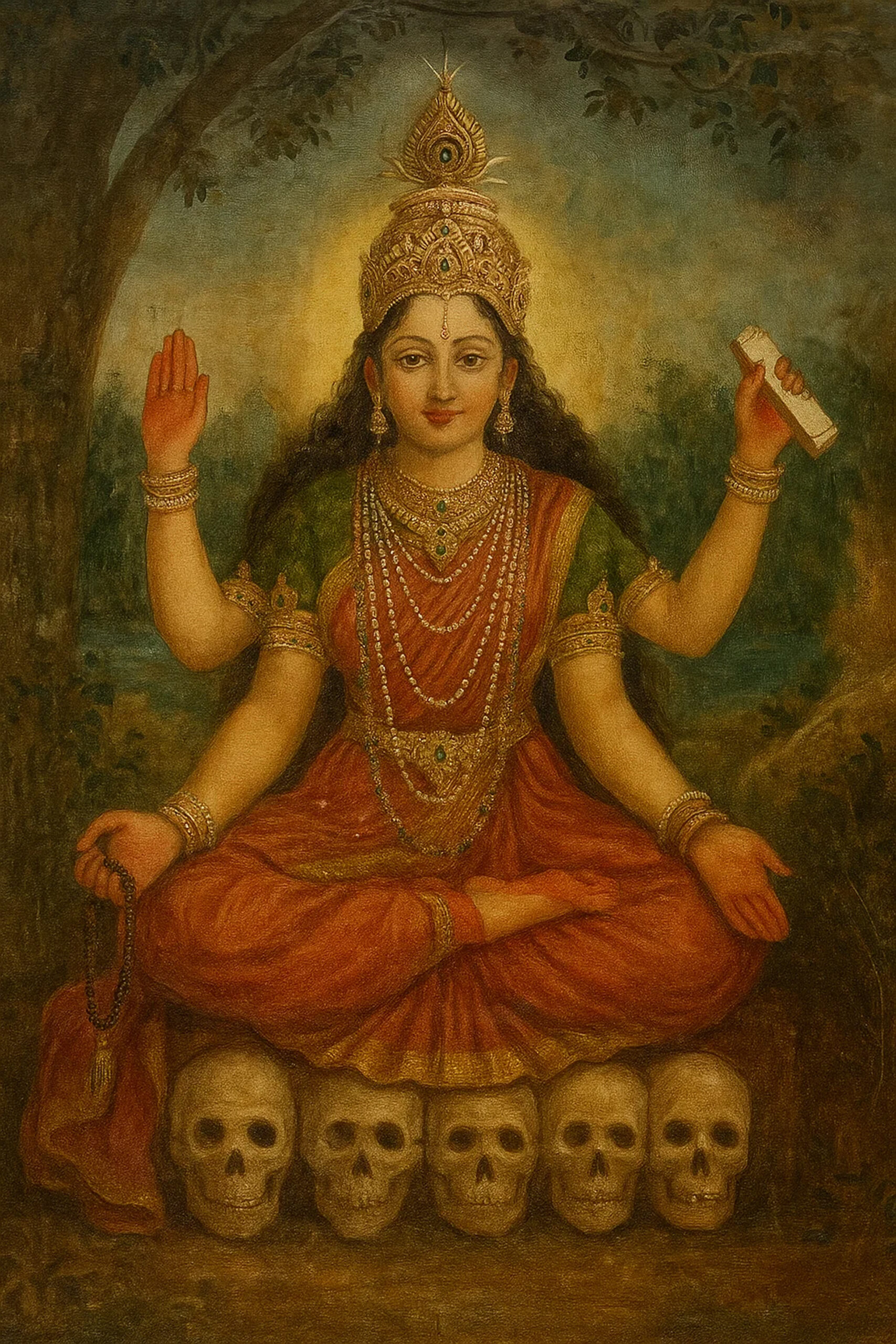
Fierce Goddess
The fierce goddess of spiritual discipline. She helps the devotee overcome fear and attachments through intense inner focus.
As the fierce consort of Bhairava (Śiva), Bhairavī burns impurities through tapas (austerity) and spiritual fire. She helps devotees transcend the fear of death, embodying the energy of discipline, destruction, and inner strength.
Oṁ Hrīṁ
Bhairavī Klīṁ Hrīṁ Svāhā

Dhūmāvatī
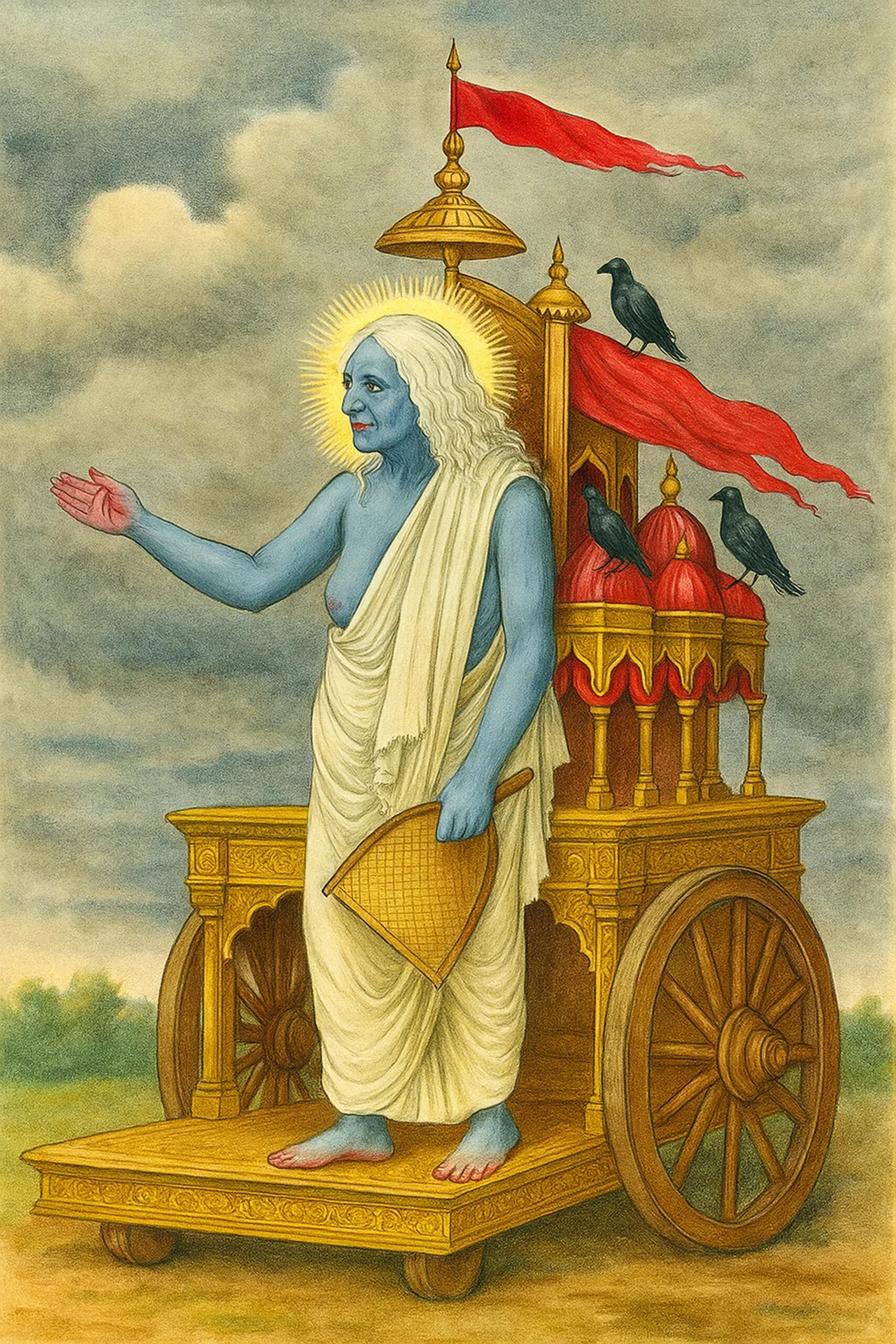
Widow Goddess
The widow goddess symbolises renunciation of worldly identity. She is associated with emptiness, sorrow, and the inauspicious — yet holds deep wisdom in detachment.
Old and riding a chariot without a driver, Dhūmāvatī is the embodiment of void, loss, and the dark night of the soul. Though seen as inauspicious, she grants deep wisdom and spiritual maturity to those who embrace emptiness.
Oṁ Dūṁ Dūṁ
Dhūmāvatī Svāhā

Bagalāmukhī

Goddess of Self Mastery
Known as the goddess who stuns and silences, She holds the power to paralyse negativity, harmful speech, and destructive forces. With her unwavering stillness, she halts the momentum of chaos and turns the tide in favor of clarity and strength.
As a formidable force, She reveals the deep potency of silence and the spoken word, teaching that mastery begins within by stilling the mind, restraining impulsive reaction, and cultivating deliberate speech.
Oṁ Hlīṁ
Bagalāmukhī Namahā

Mātaṅgī
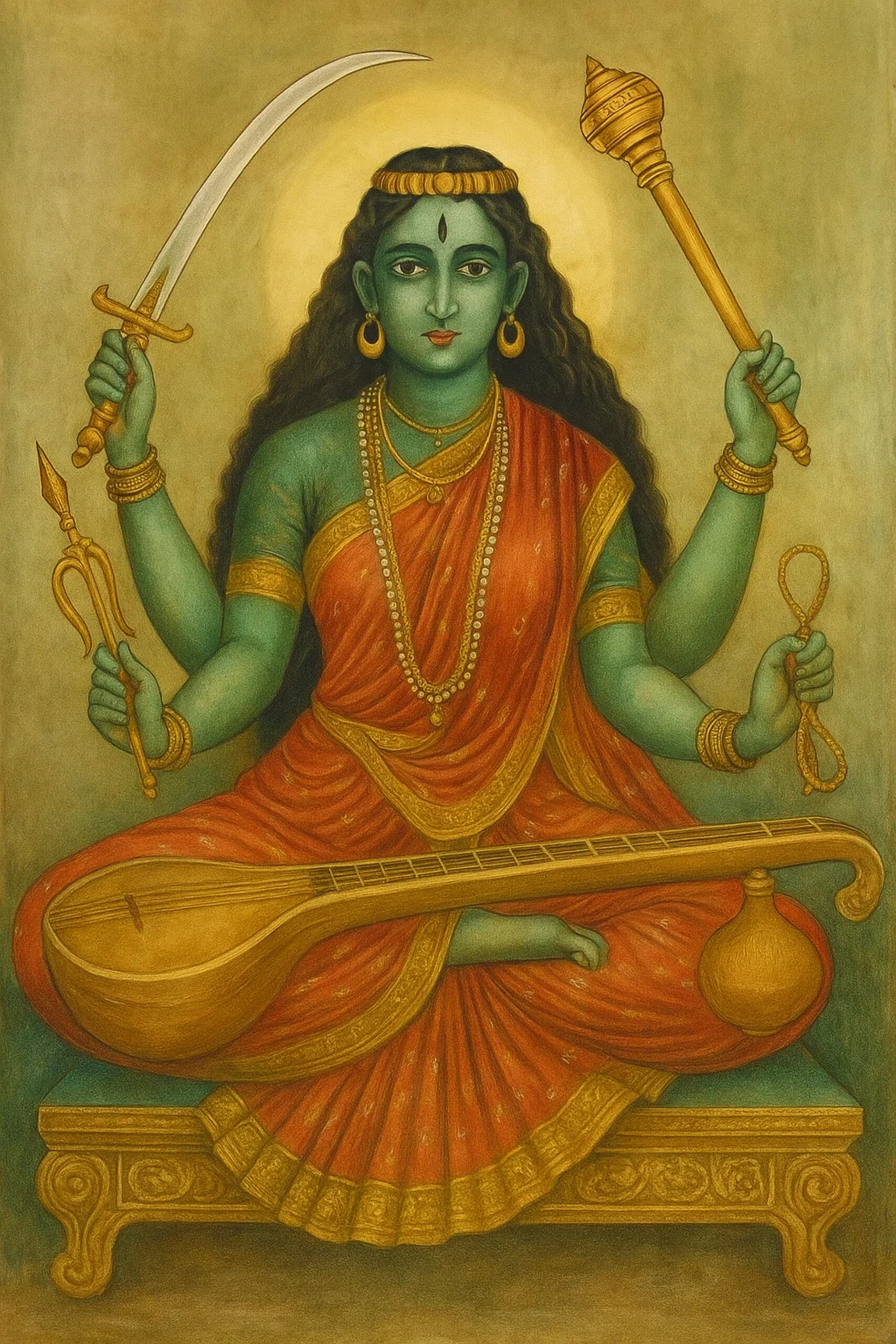
Goddess of Empowerment
The goddess of inner wisdom and expression. She rules speech, arts, and the power of the spoken word.
Mātaṅgī is associated with pollution and taboo, yet she is the giver of wisdom, music, and eloquence. As the Tantric form of Sarasvatī, she reveals the sacred within the profane and encourages free expression beyond conventions.
Oṁ Hrīṁ Aiṁ Huṁ
Mātaṅgāyai Hūṁ Phaṭ Svāhā

Kamalā
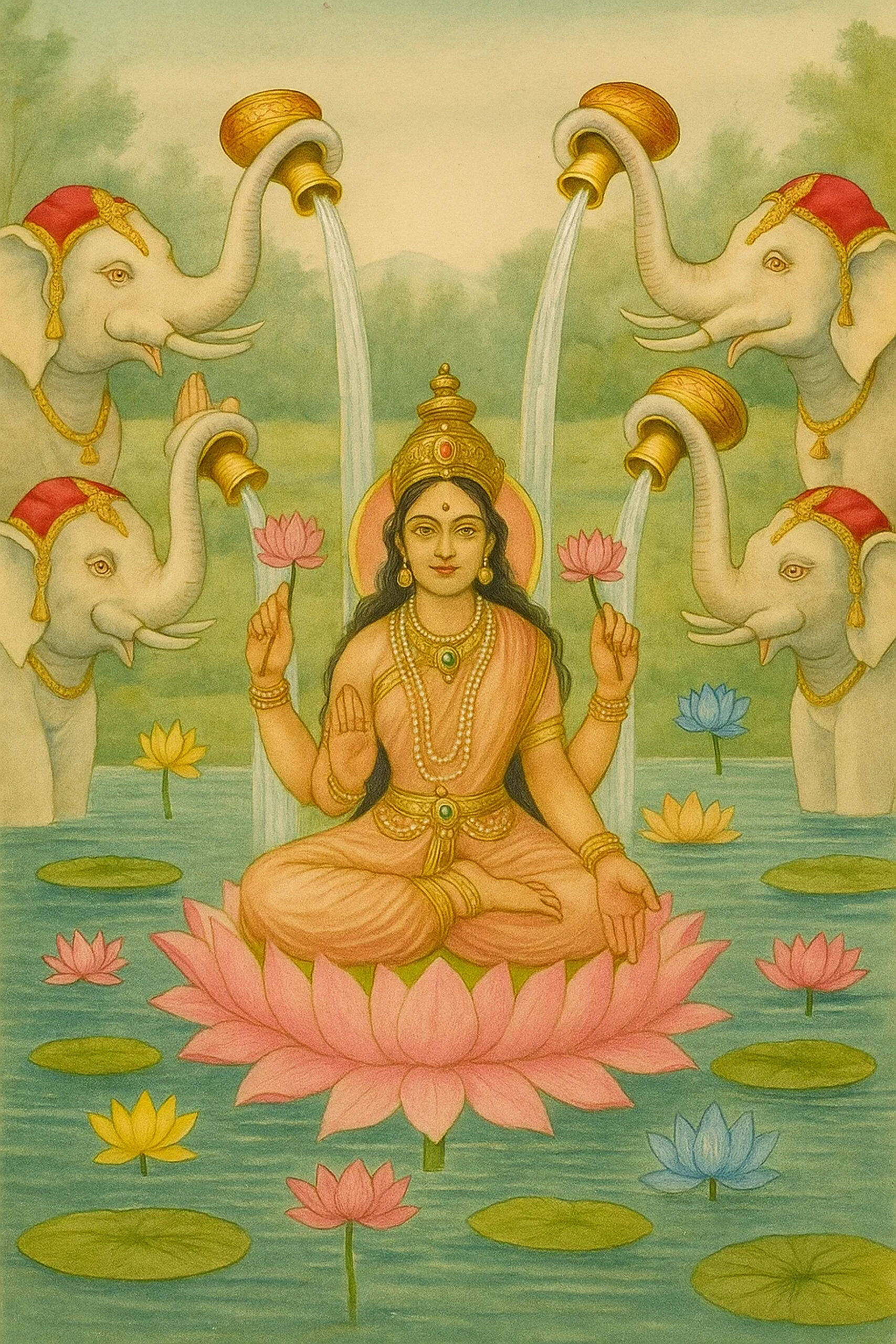
Lotus Goddess
Unlike some of the earlier goddesses, who are fierce or transformative in nature, the final Mahāvidyā Kamalā embodies gentle strength.
She is the radiant Tantric form of Lakṣmī, representing not only the fully blossomed aspect of material abundance, beauty, and fertility, but also the subtle richness of inner peace, contentment, and spiritual fulfillment.
Resplendent and lotus-seated, She is flanked by elephants performing a ritual bathing (abhiṣeka) of the goddess in a gesture of reverence and coronation.
Oṁ Aiṁ Śrīṁ Hrīṁ
Kamalāyai Namahā
